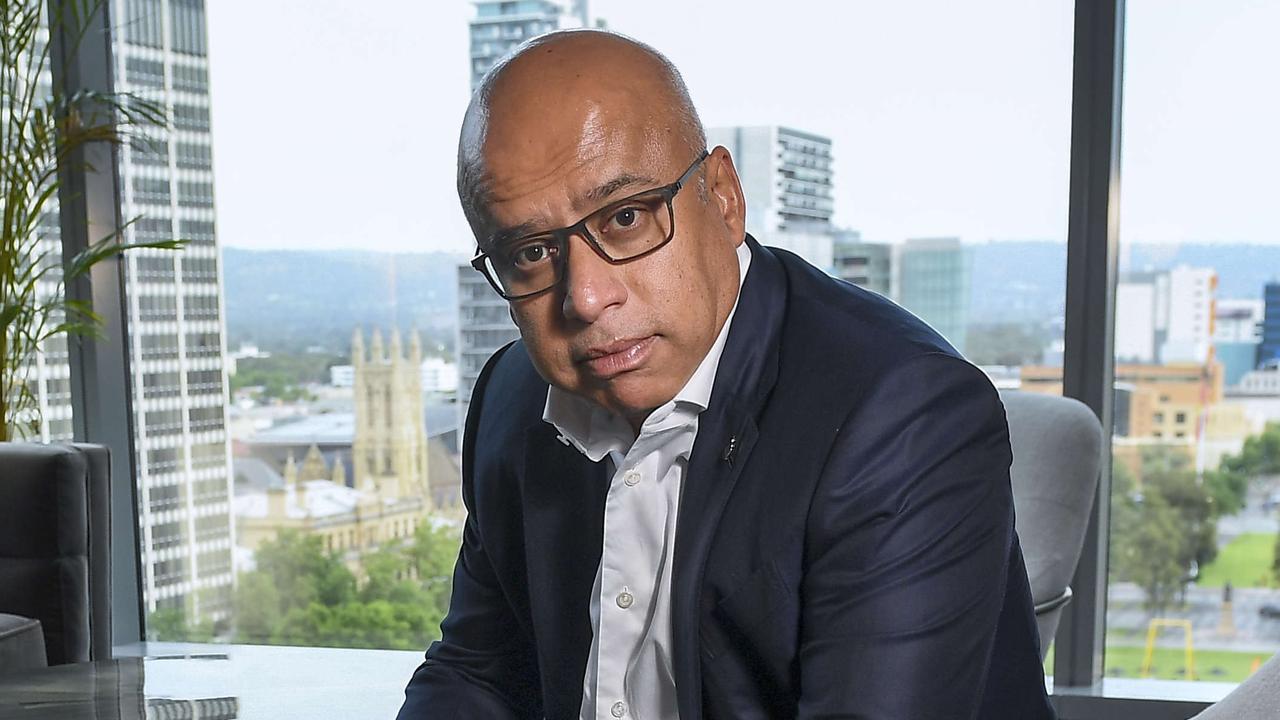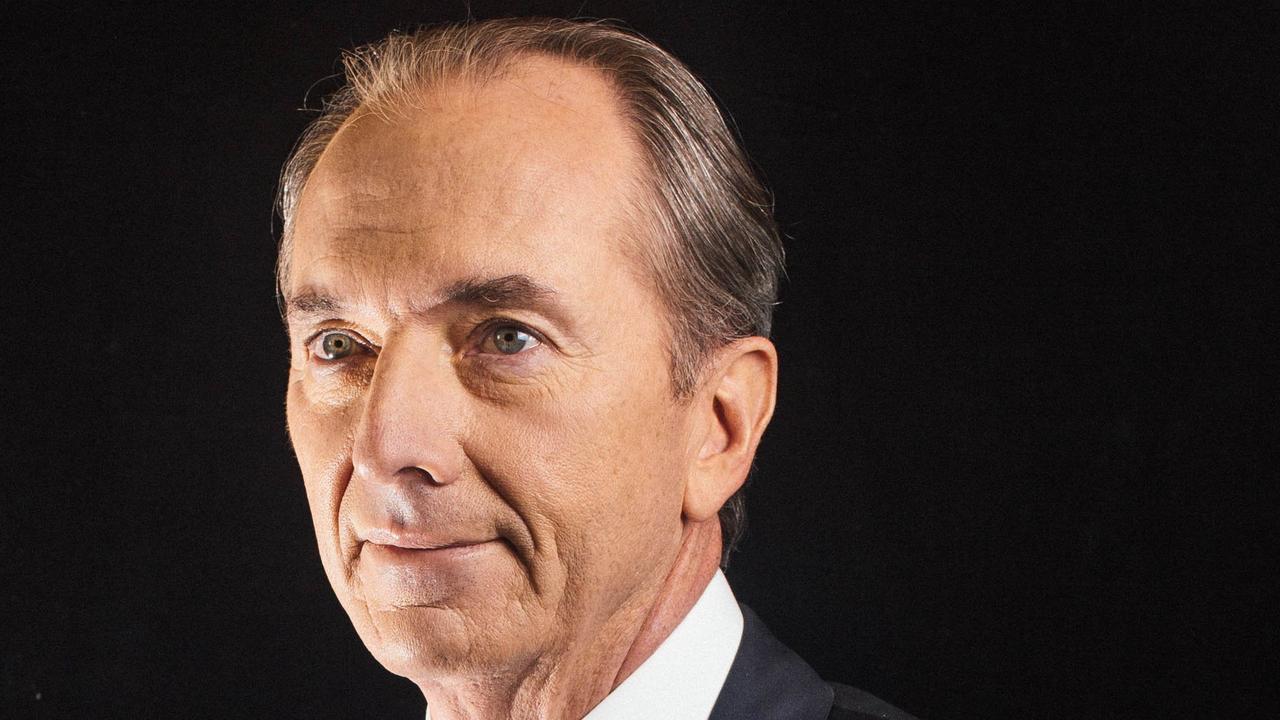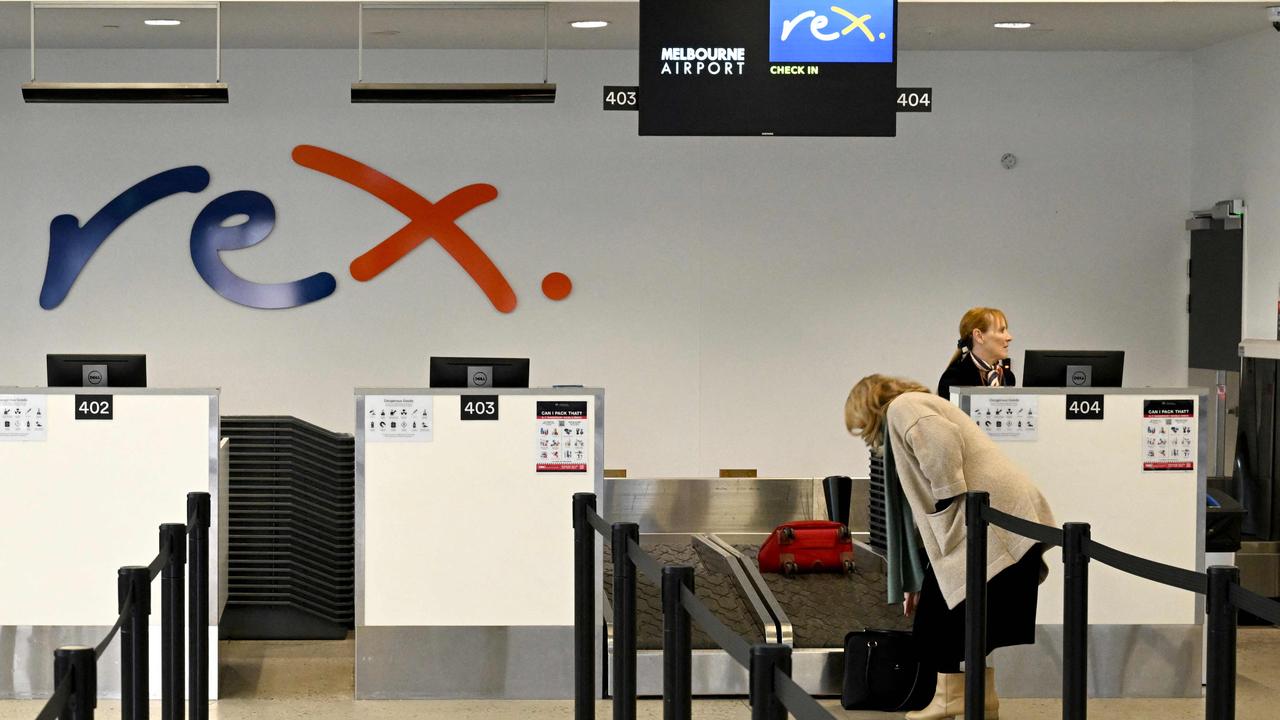Quantum computing is about to change the digital world
Astonishing speed, capability and power: quantum computing is almost here. Brace for the transformation of the digitalised world.
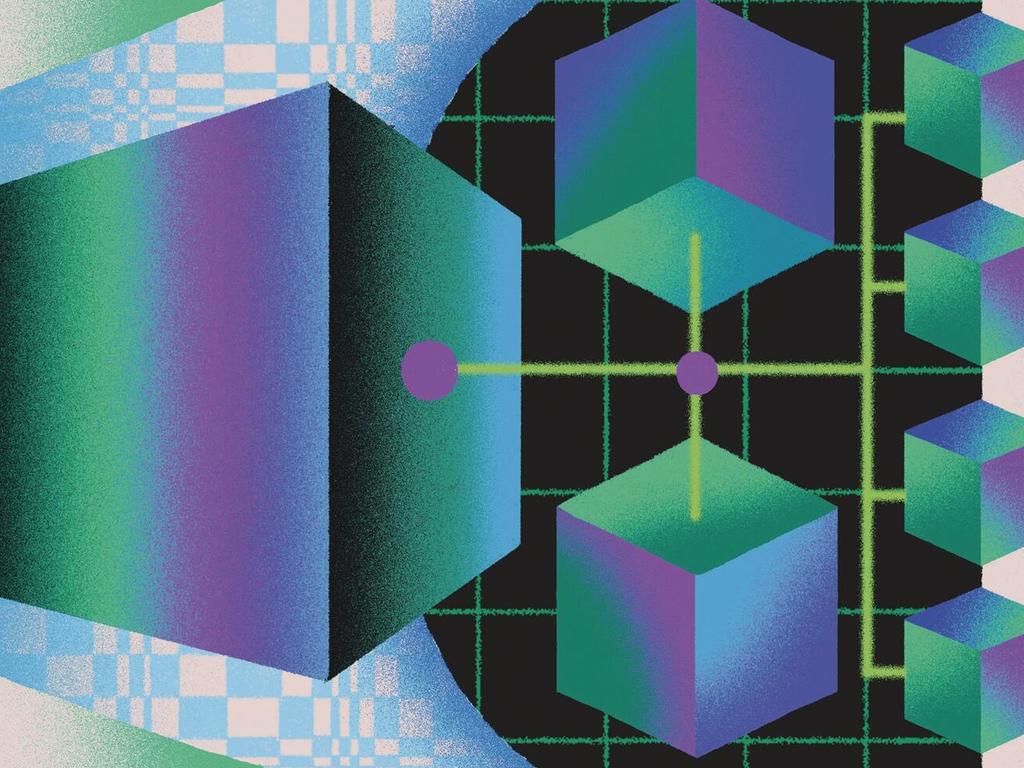
Business
Don't miss out on the headlines from Business. Followed categories will be added to My News.
Get a glimpse into the future with The List: 100 Innovators 2022, a celebration of Australia's boundary pushers and innovators. Find it in The Australian on Friday, July 15 in print and online.
Quantum computing is no longer a distant promise of superfast computers some time in the future. Elements of it are here now, and fully blown quantum computers are predicted by about 2030.
When that happens, the transformation of our digital systems will be mind-blowing. It is estimated that a classical computer would take up to 10,000 years to perform a calculation an early quantum computer already managed in 200 seconds in 2019.
In everyday life, we’ll see a quantum version of GPS mapping that enables objects to be tracked on a scale of millimetres. Quantum computers are expected to be ideal for optimising logistics such as calculating the routes for moving parcels around the world, with the ability to consider multiple solutions at once. Quantum capability is also expected to improve the quality of pharmaceutical medications, with faster simulations of the interaction of chemicals within the body.
The coming quantum transformation is possible because the building blocks of storing information are different from those of the classical computers of today.
Data is currently stored and processed as binary digits – a series of zeros and ones. Every letter, every word and every sentence is broken down to those building blocks. In quantum computing, subatomic particles called quantum bits, or qubits, are in an infinite number of states, not just zero and one. This added complexity is hard to imagine, but it means astonishing power, speed and capability.
Anthony Murfett, head of division technology and national security at the Department of Industry, Science, Energy and Resources, is an expert on the state of play of quantum computing. He is also a former deputy head of the Australian Space Agency.
Murfett is bullish about the quantum technologies that we’ll see in Australia, such as quantum sensing and quantum encryption. He says that while quantum computing could understand chemical structure, it was yet to tackle real-world problems such as controlling traffic flow. “We’re not quite there yet, but we’re on the right path,” he says.
Intermediate “noisy” quantum computers already exist, although they use smaller numbers of qubits than the powerful and more stable computers that will be a major part of the future. “It’s hard to maintain the signal of the zeros and ones because we’re using such very, very small particles,” Murfett says.
“They’re using these noisy quantum computers to solve problems, and they’re being used for some real-world cases, for example understanding the physical properties of atoms and molecules.
“The noisy computers are also being used to understand the optimisation of logistic routes.”
Australia is already blessed with companies developing different aspects of quantum computing, some of whom collaborate with the nation’s research institutes and universities.
National scientific research body CSIRO and its digital arm Data61 is working with Quantum Brilliance, a German-Australian start-up that’s using diamond as part of a quantum computer.
Various materials and technologies are used to create the building blocks of quantum computers, such as photons, phosphorus ions in silicon, and in the case of Google, superconducting materials.
Quantum computers generally need to be kept extremely cold with cryogenic cooling. Quantum Brilliance has built a two-qubit diamond quantum “accelerator” that uses synthetic diamonds and runs at room temperature in any environment. The accelerator system is due to be tested by pairing it with a new state-of-the-art supercomputer, Setonix, at the Pawsey Supercomputing Research Centre in Perth.
Another Australian company, Q-Ctrl, has developed a global reputation for building software to stabilise and improve the performance of existing quantum hardware. Its founder and CEO, Michael Biercuk, is professor of quantum physics and quantum technology at the University of Sydney.
Biercuk says the company has already grown to 60 staff with offices in Sydney, Berlin and Los Angeles.
“We have customers in the university scene and national labs, government labs all around the world.”
The University of NSW and University of Sydney have both been building a pipeline of quantum experts, many of whom have been working in the US.
Silicon Quantum Computing, meanwhile, has a short-term aim of producing a 10-qubit prototype quantum processor by 2023, and a more powerful 100-qubit quantum processor before 2030.
Its director is Michelle Simmons, Scientia Professor of Quantum Physics at the University of NSW and 2018 Australian of the Year.
Another firm, Quintessence Labs, offers data protection enhanced by quantum encryption, while QuantX Labs is developing advanced quantum sensing solutions for precision timing, Earth observation and space exploration.
“They’re the type of things Australian companies and researchers are thinking about and it’s why we’re so world leading,” Murfett says.
He says quantum technology applied to encrypting and securing data “would be very, very hard to crack”.
“I think that’s a really important element,” he says.

The NSW government, meanwhile, is exploring how quantum computing can manage the state’s transport system, as well as other projects. Quantum algorithms might help Transport for NSW adjust its rail, bus and ferry services and road traffic systems immediately in the face of an unforeseen event, such as an accident, breakdown or power outage.
Joost de Kock, deputy secretary, customer strategy and technology at Transport for NSW, says current-day modelling of the state‘s transport network takes at least several hours.
The hope is that quantum computers could reduce modelling time to almost zero and help minimise congestion, enabling real-time responses to incidents and the fast rerouting of passenger services.
“We do modelling for how to optimise our networks, and also how to do projections and planning for future transport needs,” de Kock says.
Quantum computing might also efficiently gather data from sensors used with connected equipment and cameras. De Kock says the amount of information being gathered from sensors was forever increasing.
Quantum computers could keep track of data gleaned from sensors on buses and trains. Vibrations on the underside of a train carriage might trigger a sensor that suggests predictive maintenance before something fails.
Transport for NSW has already piloted using sensors on buses to identify road issues such as potholes.
The authority has also installed sensors on bridges. All of this data could be collated and managed efficiently by quantum computing.
Murfett expects advanced quantum capabilities such as quantum sensors to be available well before 2030. He envisages different sensor applications such as getting a better understanding of soils and what lies beneath having potential implications for mineral exploration.
“We’re going to see this evolution of how we’re able to use sensors to understand our lands,” he says. “That again is transformative.”
Murfett anticipates that we’ll see quantum-aided GPS from about 2030, bringing GPS resolution down from metres and centimetres to a matter of millimetres.
He says quantum communications would also allow for “almost real time” communications between Earth and the surface of the Moon. Currently there is a 2.5 second delay in communications to the Moon and back using radio waves.
Communications with quantum encryption and optical communications is “like optical fibre without the fibre”. On Earth, that means almost instant communication across the globe. For this to work, scientists would have to overcome the risk of optical signal blockage: “Cloud, for example, can disrupt the signal, so that‘s one of the things we need to work through,” Murfett says.
In addition, the speed and power of quantum computing would have to be matched by faster data storage, retrieval and transmission.

These quantum developments fall under the watch of the new Industry and Science Minister, Ed Husic, who says the focus must be firmly on keeping Australia’s talented quantum minds here if possible.
“In times past, Australians have been at the forefront of scientific and technological development, but more often than not they’ve had to move overseas because of a lack of support nationally,” Husic says.
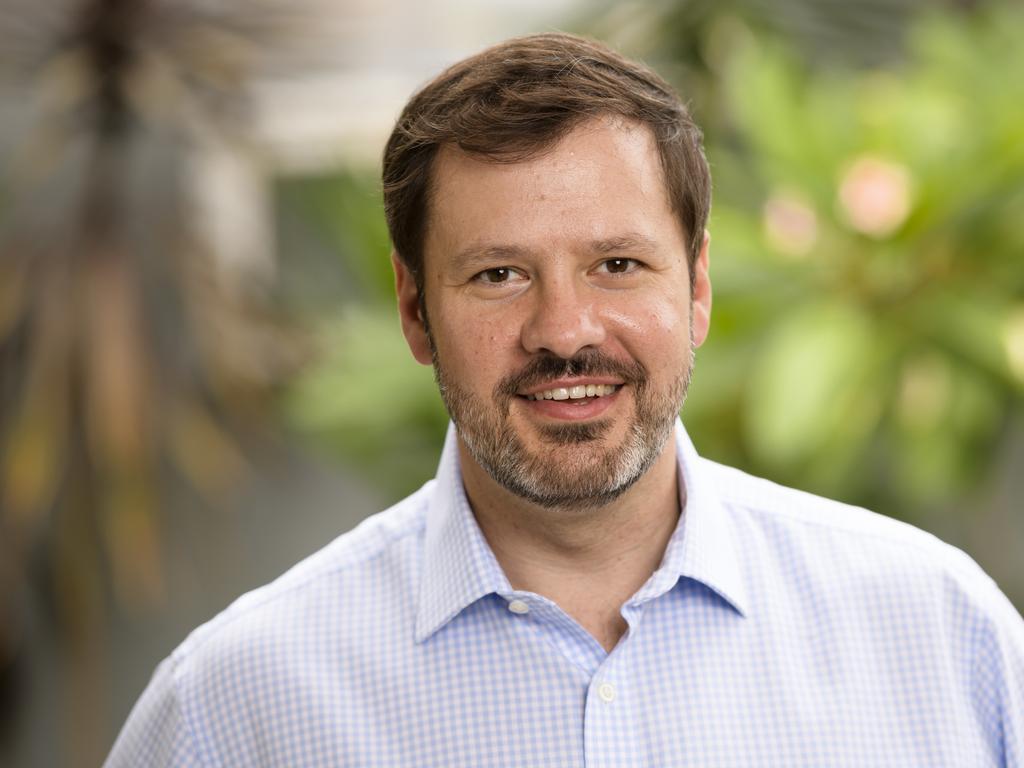
“We can’t afford to let that happen with quantum.”
There are, of course, some worrying issues around quantum computing, especially if it gets into the hands of the bad guys.
Associate Professor Dave Ormrod, cyber security enterprise fellow at the University of South Australia, recently warned that today’s encrypted data could be harvested by cyber criminals, stored, and later decrypted using new quantum techniques.
Organisations such as Canada’s Isara Corporation are promoting “quantum resilience” – making companies aware of the risk ahead.
“Once an adversarial nation-state or state-sponsored attacker has access to a large-scale quantum computer, it will have the ability to break current public-key cryptography using Shor’s quantum algorithm,” Isara says on its website. “If encrypted sensitive data is stolen today, it will be accessible once a sufficiently powered quantum computer is available.”
The practice is called “harvest and decrypt”, and applies to data that will still be useful to a nation’s enemies beyond the time it will take to introduce large-scale quantum computing.
However the world appears ready for the quantum revolution, with a tripling of investment in the area in the past three years compared with 2001-2021.
After being a topic of abstract discussion for decades, quantum computing is almost with us, and in 2022, we’re starting to scratch the surface of what is possible. Major players internationally include the US – where the likes of Google, Microsoft, IBM and Amazon are playing significant roles – along with Germany, China, India, Japan, Canada and Australia.
Murfett says that Australia now sits among the top five countries that are developing quantum computers and capability globally.
Originally published as Quantum computing is about to change the digital world




